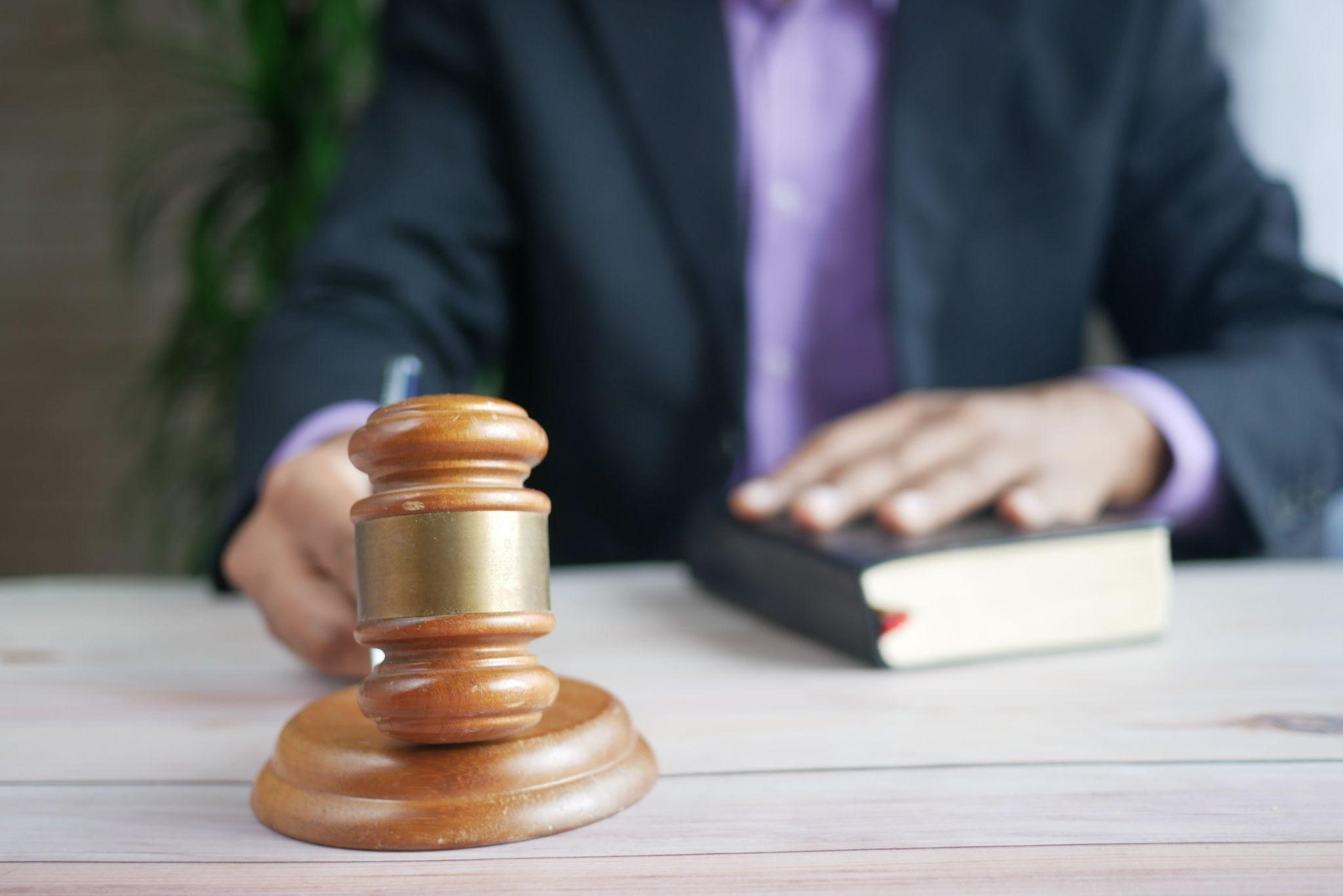Now Reading: How Does a Personal Injury Lawsuit Work in Texas?
-
01
How Does a Personal Injury Lawsuit Work in Texas?

How Does a Personal Injury Lawsuit Work in Texas?
If you’ve been in an accident in Texas due to someone else’s negligence and were injured, you may be thinking about filing a personal injury lawsuit. The lawsuit can provide the financial settlement you need to cover the cost of medical treatment and make up for the income you’ve lost while recovering from your accident.
Here are some of the basic steps you can follow to file your case and get the compensation you and your family deserve.
Consult With a Lawyer
To start the personal injury process in Texas, you should reach out to a qualified attorney. Once you contact a lawyer, you’ll likely be able to schedule a free consultation that will last for about an hour.
The lawyer will review the details of your case and let you know which options are available to you. You’ll also be able to use this time to determine if you and the lawyer are a good fit.
Bring as much documentation as you can to the consultation, such as pictures of the accident, medical bills, and police reports. These documents will help your lawyer determine the validity of your claim.
At the end of the consultation, the attorney will let you know if they can take you on as a client. If you want the lawyer to represent you, the two of you will agree, and you’ll start the process of filing a claim.
The laws in Texas and West Virginia are similar regarding personal injury. Therefore, it’s best to get in touch with Texas and West Virginia personal injury lawyers as soon as possible if you’ve been the victim of an accident.
Claim Investigation
Once you and your lawyer agree to work together, the attorney will start on your case. Even though the police and insurance claims adjusters have likely already started investigating your case, your lawyer will begin a separate investigation to see if any additional evidence is discovered.
Your attorney will contact the other people involved in the accident and ask them to submit a statement. They will also interview witnesses and get accident reports from the police. Lawyers also work with a network of accident experts that they will refer to while building a case for you.
The experts will use pictures from the accident scene along with technology to determine who is responsible for the crash. Liability is the foundation of a personal injury case, so the main objective of your lawyer is to find out who is at fault for your injuries.
Documenting the Damages
Your personal injury case settlement will also be based on damages, which are all the losses you sustained as a direct result of the car accident. If you don’t have any damages, you don’t have a case.
Your lawyer must assess the damages carefully. If you don’t ask for enough damages, you may have to pay for injuries and losses out of pocket even if you’re not at fault. If you ask for too much, the judge or insurer could view this as suspicious, which could affect the outcome of your case.
Your lawyer will work hard to document all the actual damages you’ve incurred. This means you should submit all your accident-related medical bills and your pay stubs to show how much income you’ve lost from not being able to work after the accident.
Filing a Lawsuit
Your lawyer will contact the defendant and the defendant’s insurer before the personal injury lawsuit is officially filed. Your lawyer will then try to settle with the involved parties. You and your attorney will negotiate with the defendant and their lawyer to come to a settlement amount with which you’re both comfortable.
Your team of professional lawyers will review every detail of your case to prove who is liable for the accident and provide you with information that will allow you to receive a fair settlement for your injuries and damages.
Author:
With a law degree under his belt, Mark Scott understood very early that law communication was a relatively neglected area. He decided to help people by “translating” the language and offering information and advice in a clear, useful, and actionable manner. For this reason, instead of finding him in court, you will most likely find his name online, where he is very active and thriving as a legal columnist. His part of making the world a better place is to make the law a less convoluted maze. He aims to make it easier for people to understand when and how to seek legal counsel, how to proceed in a significant number of legal matters, and to find the proper resources so they can stand up for their rights.











